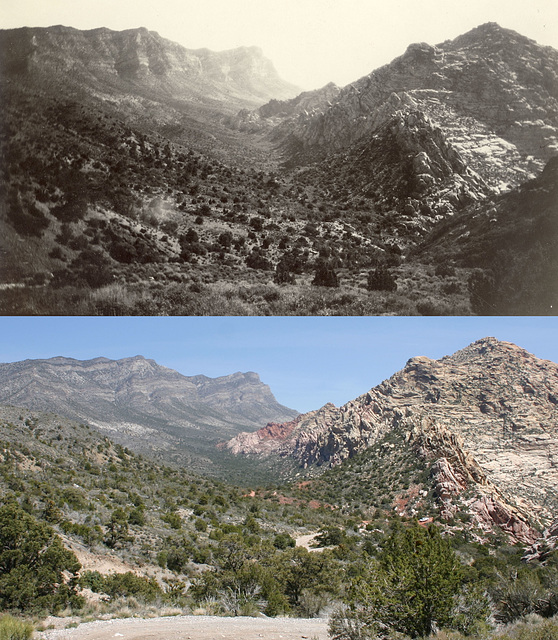IMG_7220_cleaned
IMG_7221_cleaned
Washoe Lake
IMG_8845_cleaned
IMG_8846_adj
Washoe Lake shoreline
IMG_8848_cleaned
Washoe Lake
IMG_8851_cleaned
IMG_9184_cleaned
IMG_9452_cleaned
IMG_9453_cleaned
IMG_0362_cleaned
IMG_0363_cleaned
IMG_0364_cleaned
IMG_0365_cleaned
IMG_0366_adj
IMG_0367_cleaned
IMG_0368_cleaned
IMG_0374_cleaned
IMG_0375_cleaned
IMG_3860_cleaned
IMG_3912_cleaned
Red Rock Wash - Willow Spring Gap
IMG_0087_adj
IMG_0086_adj
IMG_0085_adj
IMG_9357_adj
IMG_9353_adj
IMG_9021_adj
IMG_7157_adj
IMG_4339_cleaned
IMG_4338_adj
Road to Big Creek
IMG_4336_adj
IMG_3143_cleaned_adj
IMG_3142_adj
IMG_2693_adj
IMG_2692_cleaned
IMG_2691_cleaned
IMG_2690_adj
IMG_1964_adj
IMG_0942_adj
IMG_0941_adj
IMG_3833
Location
Lat, Lng:
You can copy the above to your favourite mapping app.
Address: unknown
You can copy the above to your favourite mapping app.
Address: unknown
See also...
Keywords
Authorizations, license
-
Visible by: Everyone -
All rights reserved
-
220 visits
Red Rock Wash


Upper photo is ca. 1925, from the Chester R. Longwell collection (#311-0174(2)) at the University of Nevada, Las Vegas. I took the lower photo on 15 April 2011. Photos are looking pretty much due north.
Longwell was the "grand old man" of southern Nevada geology. He started mapping on horseback in 1919, and his last published paper was in 1974. He recognized and defined most of the large-scale features of the geology around Las Vegas and in Clark County that we now take for granted.
The road I'm on (which evidently didn't exist when Longwell took his photo) is a barely passable Jeep track, still open to motorized traffic, that goes through Willow Spring gap in the Red Rock escarpment along Red Rock Wash, and then south behind the escarpment up a steep canyon. It eventually exits into Lovell Canyon road and the Pahrump highway. However, structures like stonework around culverts indicate this road was once in much better shape, and it may have been a CCC (Civilian Conservation Corps) project from the 1930s.
The upper part of Red Rock Wash follows the swale in the upper center of the photos. It marks the trace of the Keystone Thrust, which Longwell named, where gray Paleozoic limestones have been shoved over the light-colored sandstone to the east. The thrust also continues to the south, parallel to and near the road I'm on.
There are not many changes visible in almost 100 years. The road is the only obvious change. Other than that, the vegetation seems sparser in the 1920s. In particular, there's now a heavy growth of piñon-juniper in upper Red Rock Wash.
Longwell was the "grand old man" of southern Nevada geology. He started mapping on horseback in 1919, and his last published paper was in 1974. He recognized and defined most of the large-scale features of the geology around Las Vegas and in Clark County that we now take for granted.
The road I'm on (which evidently didn't exist when Longwell took his photo) is a barely passable Jeep track, still open to motorized traffic, that goes through Willow Spring gap in the Red Rock escarpment along Red Rock Wash, and then south behind the escarpment up a steep canyon. It eventually exits into Lovell Canyon road and the Pahrump highway. However, structures like stonework around culverts indicate this road was once in much better shape, and it may have been a CCC (Civilian Conservation Corps) project from the 1930s.
The upper part of Red Rock Wash follows the swale in the upper center of the photos. It marks the trace of the Keystone Thrust, which Longwell named, where gray Paleozoic limestones have been shoved over the light-colored sandstone to the east. The thrust also continues to the south, parallel to and near the road I'm on.
There are not many changes visible in almost 100 years. The road is the only obvious change. Other than that, the vegetation seems sparser in the 1920s. In particular, there's now a heavy growth of piñon-juniper in upper Red Rock Wash.
- Keyboard shortcuts:
Jump to top
RSS feed- Latest comments - Subscribe to the comment feeds of this photo
- ipernity © 2007-2025
- Help & Contact
|
Club news
|
About ipernity
|
History |
ipernity Club & Prices |
Guide of good conduct
Donate | Group guidelines | Privacy policy | Terms of use | Statutes | In memoria -
Facebook
Twitter

Sign-in to write a comment.